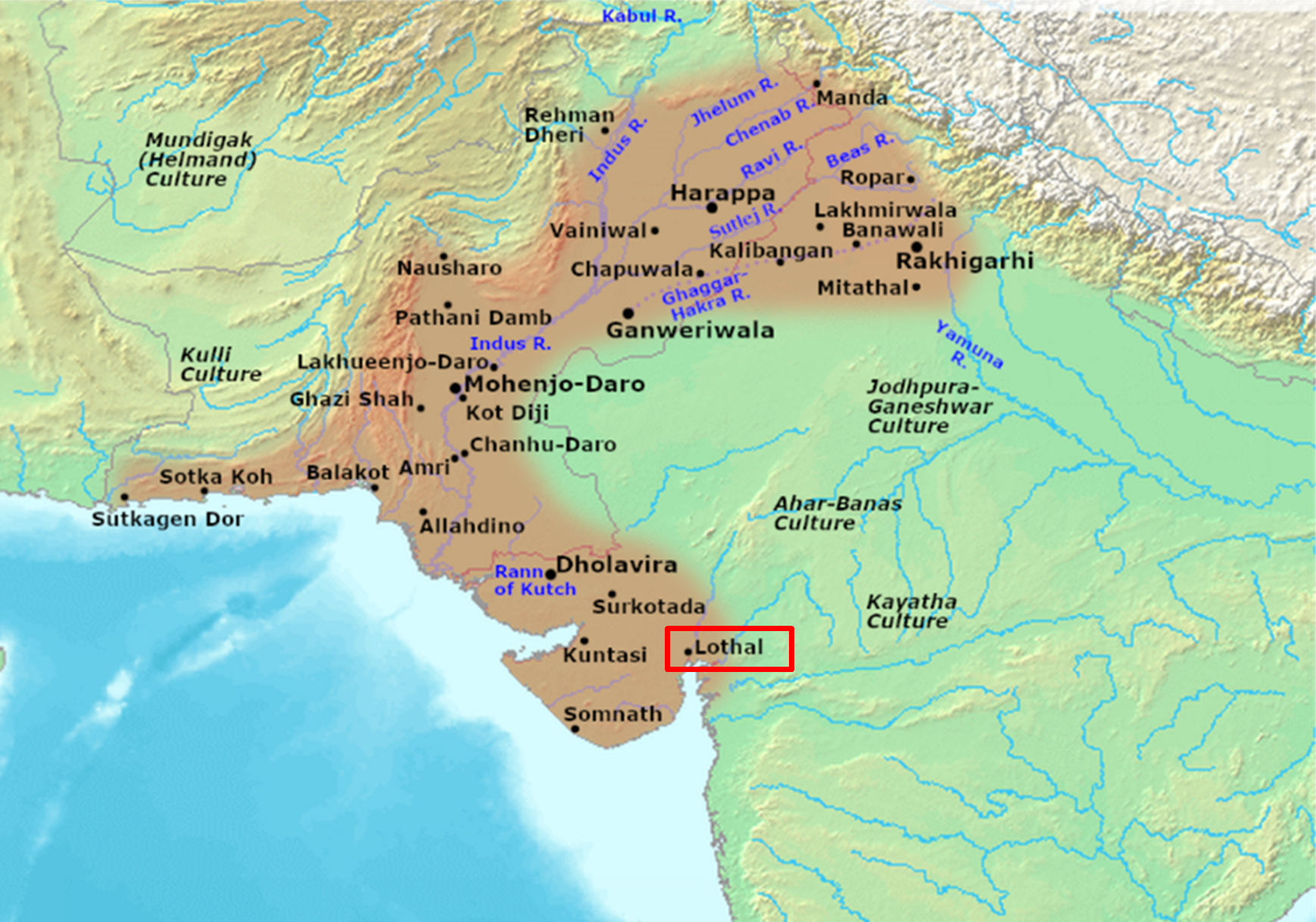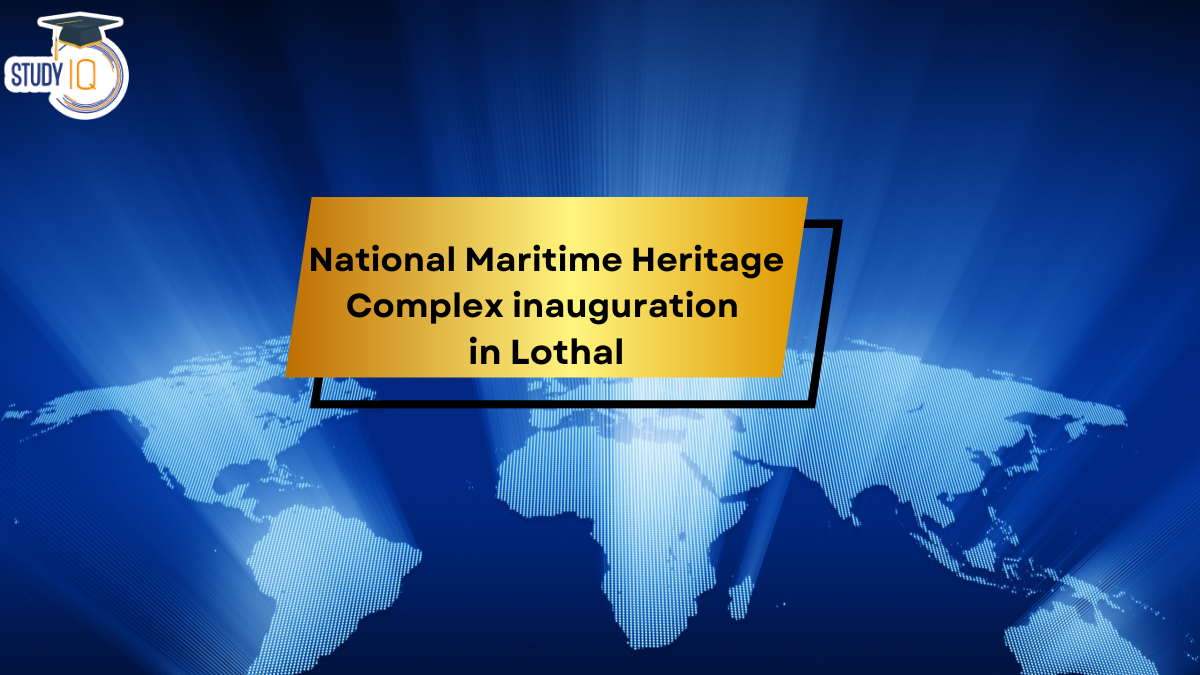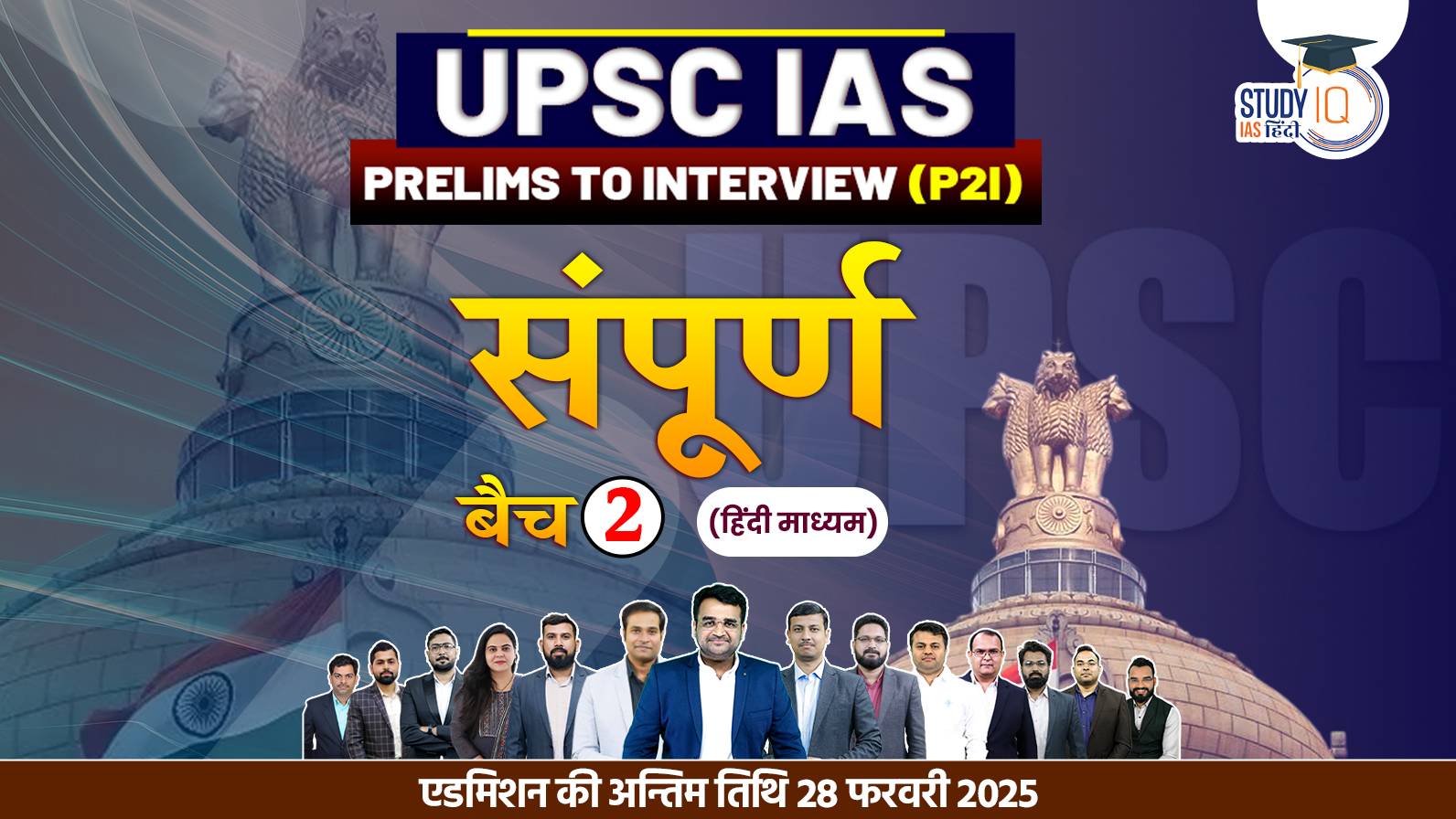Table of Contents
About National Maritime Heritage Complex
- Purpose: The project aims to showcase India’s 4,500-year-old maritime heritage and will become the world’s greatest maritime complex once completed.
- Components: The complex will include several features such as a Lighthouse Museum and a five-dimensional theatre offering interactive experiences.
- Development: By the Ministry of Ports, Shipping, and Waterways.
About Lothal
- Location: Lothal, a southernmost site of the Indus Valley Civilization, is believed to have been built around 2200 BC.
- It is located along the Bhogava river, a tributary of Sabarmati, in the Gulf of Khambhat (Gujarat).
- Meaning: The name Lothal means “mound of the dead” in Gujarati.
- Discovered by: SR Rao.
- Excavation took place from 1955 to 1960.

- Features:
- Only port-town of the Indus Valley Civilisation.
- It was known for its harbour, cotton and rice-growing, and bead-making industry.
- It was part of a coastal trade route, linking sites such as Dholavira and Sutkagen Dor on the Makran coast.
- It was divided into a citadel (upper town) and a lower town.
- Buildings were made of fire-dried bricks, lime, and sand mortar.
- The city had a well-planned and sophisticated drainage system.
- Key Archaeological Findings:
- Dockyard
- Persian Gulf Seals
- Shops for shell ornaments and beads
- Metal worker’s shop
- Fire altars
- Terracotta house figurine
- Warehouse
- Merchant house
- Cloth impressions on some seals
- Twelve bathrooms in the citadel
- Well
- Ivory Scale: The smallest known decimal scale from the Indus civilization.
- UNESCO Nomination: Lothal was nominated as a UNESCO World Heritage Site in April 2014.
- It has not yet been granted full World Heritage status.


 Places in News for UPSC 2025 for Prelims...
Places in News for UPSC 2025 for Prelims...
 Transformation of Koraput’s Tribal Foo...
Transformation of Koraput’s Tribal Foo...
 New Bat Coronavirus HKU5-CoV-2: Symptoms...
New Bat Coronavirus HKU5-CoV-2: Symptoms...





















